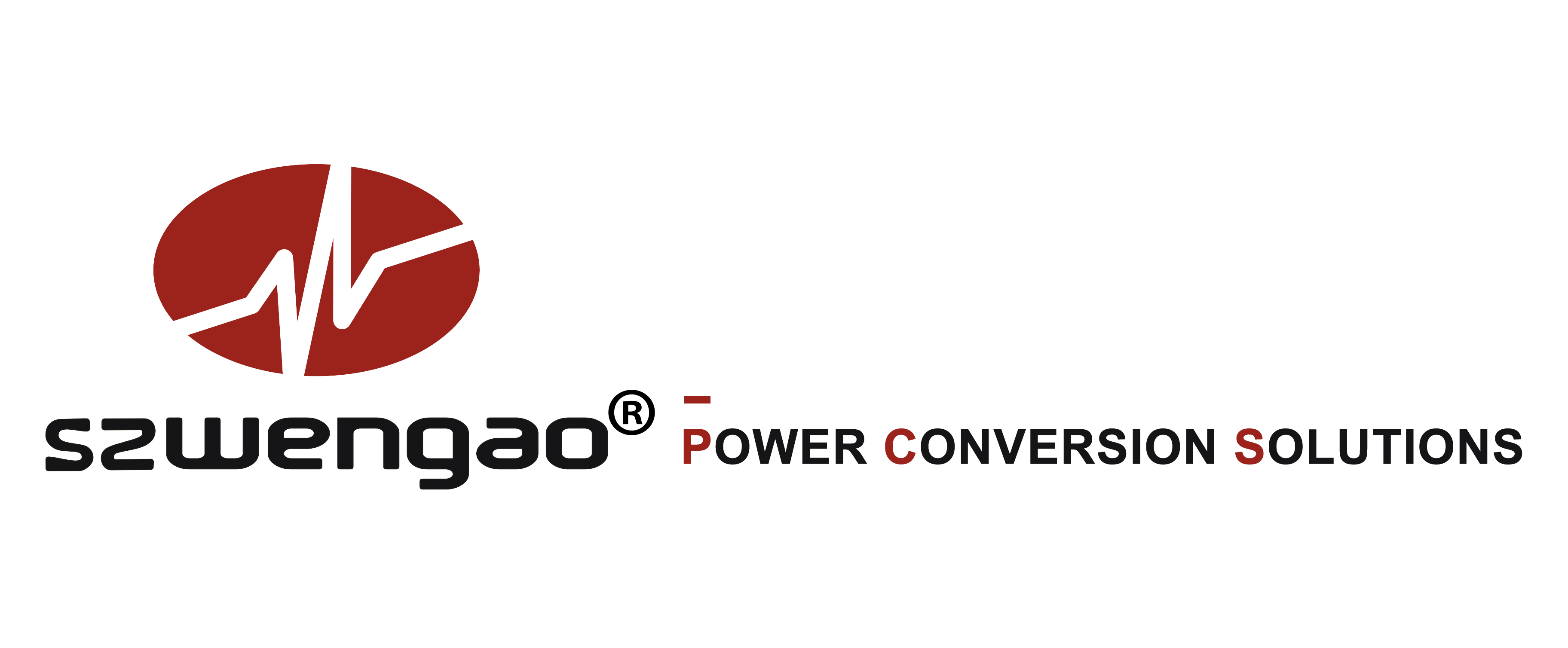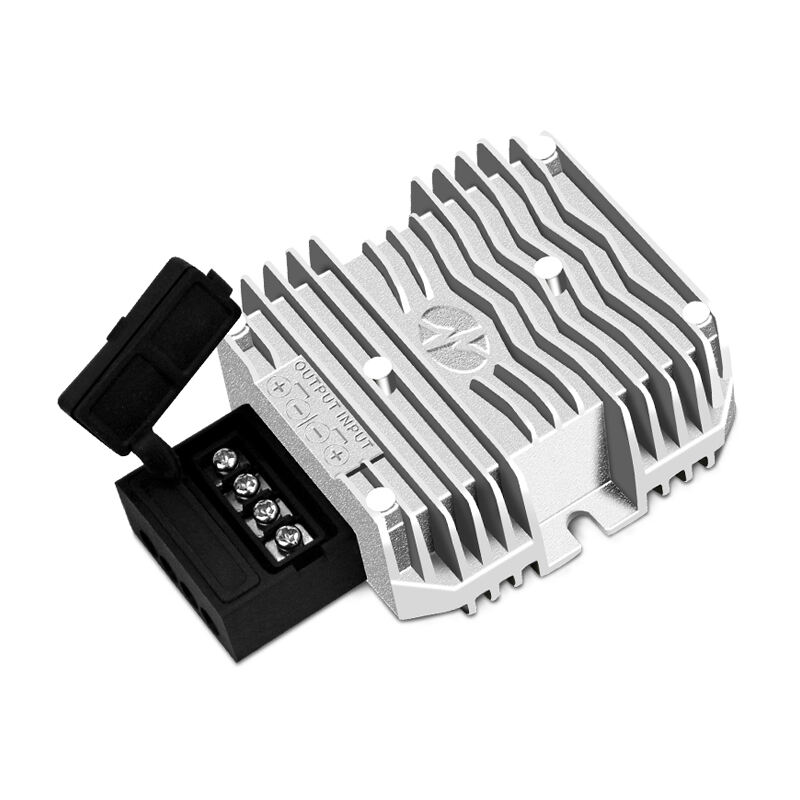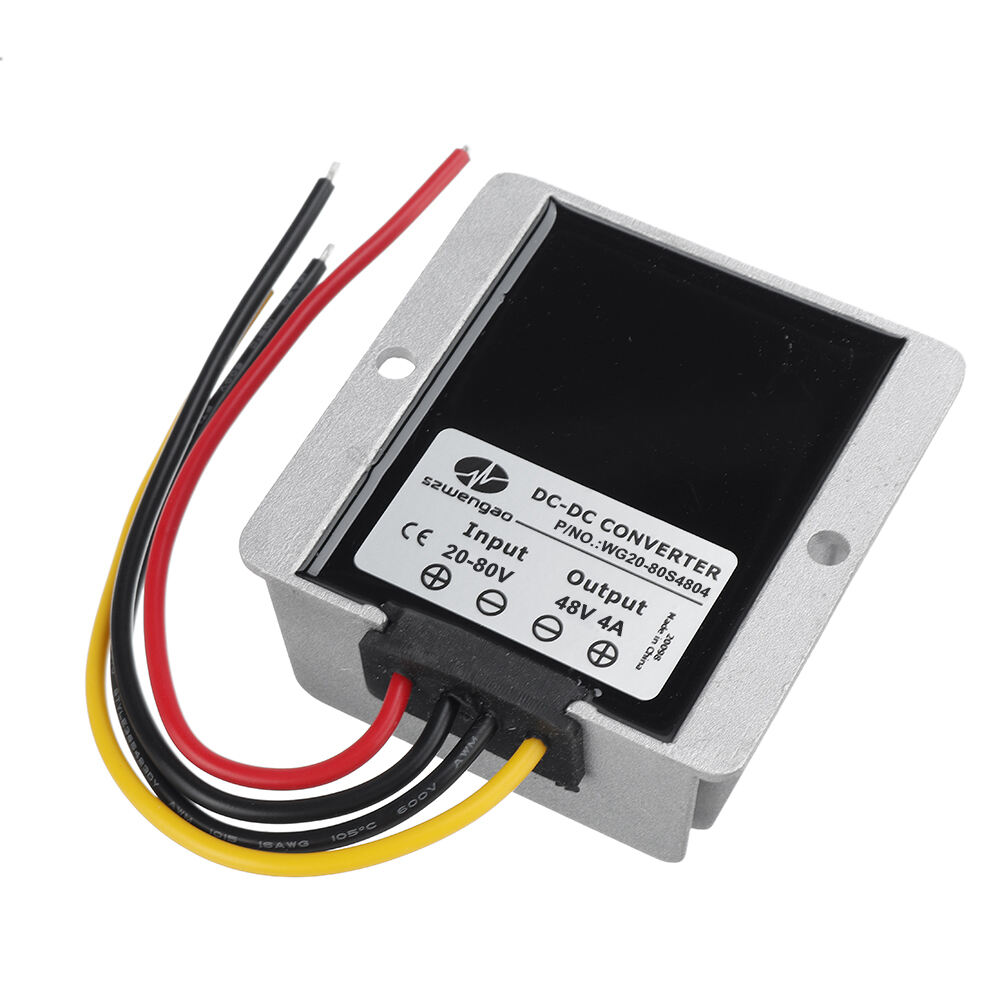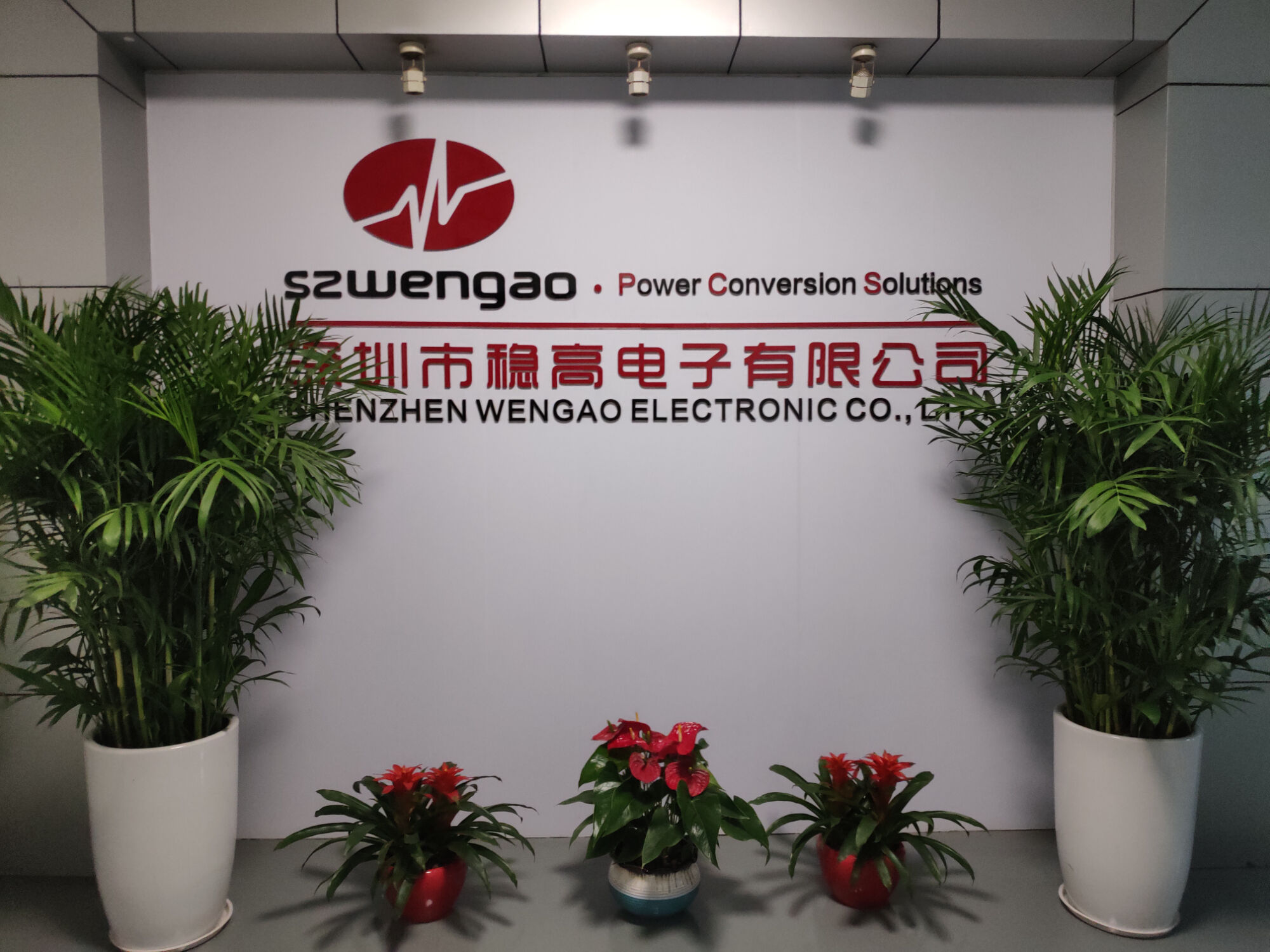Wengao Electronic: The "Jack-of-All-Trades" in the Power Field, Meeting Diverse Demands
The Critical Role of Power Electronics in Modern Energy Systems
Bridging Renewable Energy Integration
Power electronics play a crucial role in facilitating the integration of renewable energy sources like solar and wind into the grid, enhancing both reliability and energy flow. By converting and controlling electrical power, these technologies enable the seamless incorporation of fluctuating renewable resources, which is vital for supporting sustainability initiatives. According to the International Renewable Energy Agency (IRENA), the effective use of power electronics could potentially reduce technological costs by 20% in renewable energy systems. This capability not only optimizes energy efficiency but also ensures that renewable energy can be reliably connected to existing power infrastructure, addressing issues of variability and intermittency. In turn, this fosters a more sustainable energy environment that benefits both the economy and the planet.
Enhancing Energy Conversion Efficiency
Power electronics are pivotal in maximizing energy conversion efficiency, thereby reducing waste and lowering operational costs. They play an essential role in optimizing power losses within electronic devices, with modern systems achieving efficiencies exceeding 95%, as noted by the U.S. Department of Energy's Energy Efficiency Program. By leveraging advanced materials and technologies, power electronics can significantly cut energy consumption in industrial processes. This efficiency leads to considerable operational savings and contributes to an overall reduction in energy use, making power electronics a crucial component in both commercial and industrial sectors. Through such advancements, businesses can play a part in the broader movement towards energy sustainability and reduced carbon footprints.
Meeting Diverse Industrial and Automotive Power Demands
High-Current Solutions for Heavy Machinery
Power electronics offer essential high-current solutions for powering heavy machinery in industries like construction and manufacturing. These solutions not only provide reliability but significantly enhance the performance of heavy-duty equipment, thus boosting productivity. For instance, modern heavy machinery benefits from improved energy efficiency and reduced power losses, which translates into lower operational costs and heightened industrial performance. Industry reports forecast that the demand for high-current power solutions will grow by 25% in the coming years, largely driven by increased infrastructure investments. These advancements are crucial as they ensure machinery operates optimally under demanding conditions, thus supporting infrastructure projects efficiently.
Automotive-Grade Voltage Regulation
Voltage regulation is a cornerstone of automotive applications, ensuring consistent performance of onboard systems amidst varying load conditions. Power electronics play a vital role in optimizing voltage levels, thus safeguarding the longevity and safety of automotive electronic components. Such regulation helps maintain system stability, especially in electric vehicles that heavily rely on efficient power management. According to industry analysts, effective voltage regulation can extend battery life by up to 40%, which is critical for enhancing the sustainability and range of electric vehicles. This optimization is vital as the automotive industry continues to transition towards more energy-efficient and environmentally friendly solutions.
Wengao Electronic's Cutting-Edge Power Solutions
Industrial 36-90V DC-DC Converter
Wengao Electronic's 36-90V DC-DC Converter is engineered to enhance operational efficiency in various industrial applications. This converter ensures effective power conversion, crucial for maintaining seamless operations under challenging conditions. It boasts advanced thermal management and unparalleled reliability, catering to industries that demand robust performance. Customer testimonials often highlight significant improvements in system performance due to the integration of this innovative converter.
Versatile 20-80V Buck-Boost Regulator
The versatile 20-80V Buck-Boost Regulator from Wengao Electronic is your go-to solution for seamless voltage adaptation across various applications, including automotive and renewable energy systems. Its high-efficiency design and wide output range are essential for managing fluctuating power supply scenarios. Research suggests that buck-boost technologies like this one can significantly reduce potential energy loss, with estimates showing up to a 30% elimination in loss during operation.
High-Power 840W Automotive Converter
Wengao's 840W Automotive Converter is engineered to provide substantial power output for supporting modern vehicle electronics, such as infotainment and battery management systems. Its compact form factor, coupled with integrated protections, optimizes space while prioritizing safety. Experts emphasize that converters of this caliber are pivotal in the evolution of fully electric vehicles, offering crucial support for the next generation of automotive technology.
Advanced Features Driving Power Electronics Evolution
Intelligent Thermal Management Systems
Modern power electronics have evolved to include intelligent thermal management systems, enhancing both performance and longevity. These systems work by continuously monitoring and dynamically regulating temperatures within electronic components, thereby minimizing thermal stress which can cause wear. Notably, research suggests that effective thermal management can extend the lifespan of power electronics by over 50% (Source: Industry Journal). This aspect becomes increasingly vital as devices become more complex and demanding. The incorporation of these systems not only improves reliability but bolsters operational safety, making them indispensable in today's technology landscape.
Multi-Protection Circuit Architectures
Multi-protection circuit architectures are integral to modern power electronics, providing safeguards against overload, overheating, and short circuits. As electronics are used in a wider array of applications demanding higher reliability and resilience to potential faults, the incorporation of multi-protection circuits becomes essential. Data supports this assertion by showing that companies implementing these systems report up to a 30% reduction in failure rates (Source: Statistical Analysis 2024). The reduction in component failure contributes to greater system efficiency and reliability, establishing multi-protection circuits as a vital feature in the development of power electronics. As the complexity of power systems continues to grow, these architectures will remain critical in ensuring safe and consistent operation across various sectors.
Enabling Next-Generation Energy Infrastructure
Supporting Hybrid Power Networks
Power electronics play a pivotal role in supporting hybrid power networks, which seamlessly integrate various energy sources such as solar, wind, and traditional grids. This integration is critical for enhancing energy diversity and reliability, catering to varying demand patterns. Future forecasts suggest a 40% increase in hybrid energy systems by 2030, primarily driven by advancements in power electronics. As renewable energy resources become more central to our energy infrastructure, the ability to manage and harmonize these varied inputs through sophisticated electronics will become essential. This evolution not only meets the rising energy demands but also aligns with global sustainability goals by reducing dependence on singular energy sources.
Grid-Stabilization Capabilities
The demand for grid-stabilization capabilities is growing as energy providers strive to balance supply and demand efficiently. Power electronics technologies enable the stabilization of grid voltage and frequency, ensuring reliable service even amidst fluctuations. This is increasingly vital as more renewable energy sources are integrated into the grid, each with varying output levels. Government regulations forecast an investment of over $100 billion in grid technologies over the next decade, emphasizing the need for enhanced stabilization solutions. Innovations in grid technology, exemplified by initiatives like the PEGI platform at NREL, highlight the importance of exploring and deploying advanced electronic controls to maintain grid integrity while accommodating the dynamic nature of renewable resources.
Recommended Products
Hot News
-
Application Advantages of Non-Isolated BUCK Converters Compared to Isolated Step-Down Converters
2024-01-23
-
DC-DC Converters Showcase Remarkable Advantages in Outdoor Off-Grid Applications
2024-01-23
-
DC to DC Battery Charger - Wide input and Noise immunity for dual battery system applications
2024-01-19

 EN
EN
 AR
AR
 BG
BG
 HR
HR
 CS
CS
 DA
DA
 NL
NL
 FI
FI
 FR
FR
 DE
DE
 EL
EL
 HI
HI
 IT
IT
 JA
JA
 KO
KO
 NO
NO
 PL
PL
 PT
PT
 RO
RO
 RU
RU
 ES
ES
 SV
SV
 CA
CA
 TL
TL
 IW
IW
 ID
ID
 SR
SR
 SK
SK
 UK
UK
 VI
VI
 HU
HU
 TH
TH
 TR
TR
 FA
FA
 AF
AF
 MS
MS
 GA
GA
 HY
HY
 BN
BN
 MN
MN








